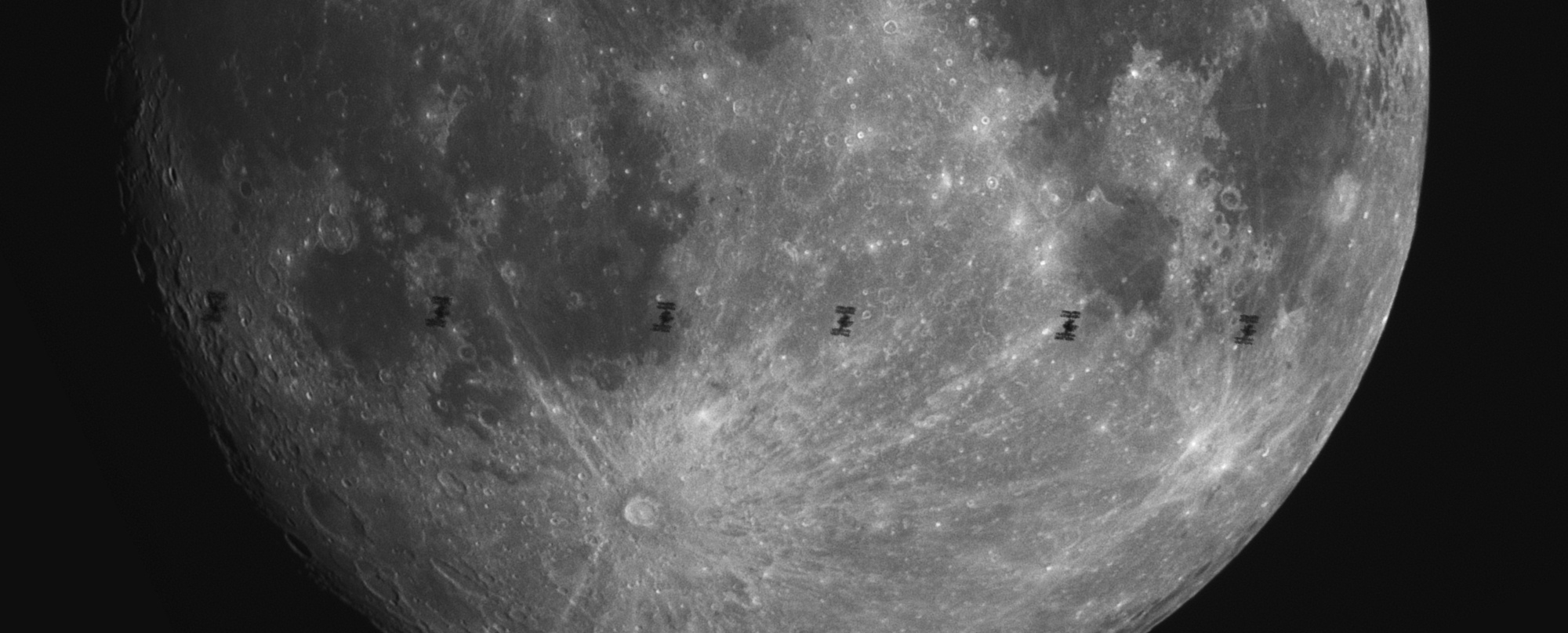I built a new lab environment at home, using VMWare ESXi 5.0, which is a very nice product, if we expect the windows-only GUI 1GB HDD needed to install bloatware. You can do pretty much anything from there, except something that looks so important that I wonder why it’s not on the windows GUI: mapping local disks to VMs.
I made this little post as a reminder for myself rather than a full tutorial. You can get more info on http://blog.davidwarburton.net/2010/10/25/rdm-mapping-of-local-sata-storage-for-esxi, on which this post is based.
In a nutshell:
- log on vmware ESXi as root.
- locate the name of your fs in /vmfs/devices/disks/, i.e. “/vmfs/devices/disks/t10.ATA_____Hitachi_HDT725025VLA380_______________________VFL104R6CNYSZW“
- go to where you want to copy it. I suggest you create a directory in a datastore for this, like “/vmfs/volumes/datastore1/harddisks/“
- vmkfstools -z /vmfs/devices/disks/t10.ATA_____Hitachi_HDT725025VLA380_______________________VFL104R6CNYSZW Hitashi250.vmdk
- In your VM, use “attach existing virtual disk” and browse the harddisks directory on datastore.
- On linux, you will need “rescan-scsi-bus” to have you new hard disk detected.
- Profit

